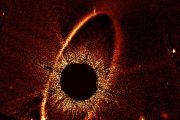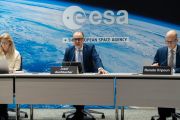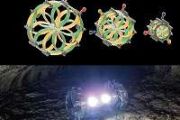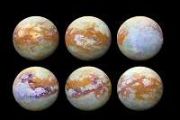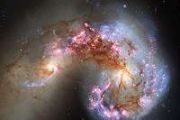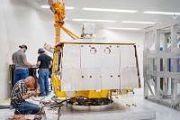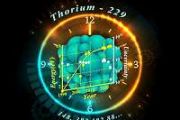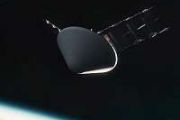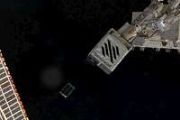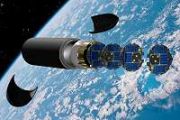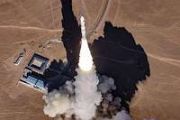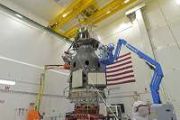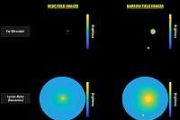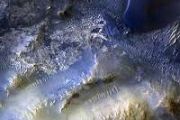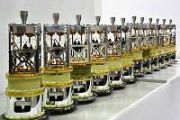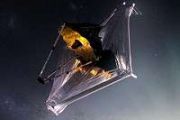
Copernical Team
Webb Space Telescope reveals previously shrouded newborn stars
 Rice University astronomer Megan Reiter and colleagues took a "deep dive" into one of the first images from NASA's James Webb Space Telescope and were rewarded with the discovery of telltale signs from two dozen previously unseen young stars about 7,500 light years from Earth.
The published research in the December issue of the Monthly Notices of the Royal Astronomical Society offers a gli
Rice University astronomer Megan Reiter and colleagues took a "deep dive" into one of the first images from NASA's James Webb Space Telescope and were rewarded with the discovery of telltale signs from two dozen previously unseen young stars about 7,500 light years from Earth.
The published research in the December issue of the Monthly Notices of the Royal Astronomical Society offers a gli Northrop Grumman RQ-4 RangeHawk supports NASA's Artemis mission
 Northrop Grumman Corporation's (NYSE: NOC) RQ-4 RangeHawk supported the first flight of NASA's Space Launch System (SLS) rocket during the recent Artemis I mission. RangeHawk is part of SkyRange, the Department of Defense Test Resource Management Center's uncrewed high-altitude, long-endurance (HALE), responsive mobile flight test initiative.
"Supporting the Artemis I uncrewed flight test
Northrop Grumman Corporation's (NYSE: NOC) RQ-4 RangeHawk supported the first flight of NASA's Space Launch System (SLS) rocket during the recent Artemis I mission. RangeHawk is part of SkyRange, the Department of Defense Test Resource Management Center's uncrewed high-altitude, long-endurance (HALE), responsive mobile flight test initiative.
"Supporting the Artemis I uncrewed flight test Four decade study finds mysterious patterns in temperatures at Jupiter
 Scientists have completed the longest-ever study tracking temperatures in Jupiter's upper troposphere, the layer of the atmosphere where the giant planet's weather occurs and where its signature colorful striped clouds form. The work, conducted over four decades by stitching together data from NASA spacecraft and ground-based telescope observations, found unexpected patterns in how temperatures
Scientists have completed the longest-ever study tracking temperatures in Jupiter's upper troposphere, the layer of the atmosphere where the giant planet's weather occurs and where its signature colorful striped clouds form. The work, conducted over four decades by stitching together data from NASA spacecraft and ground-based telescope observations, found unexpected patterns in how temperatures The calm after the rock-toddler-tantrums: Sols 3684-3686
 Sometimes, I think Mars rocks are just a bunch of toddlers whom we have told to tidy their play room. And the more we want something, the more resistance we get. The latest episode of 'This-rock-is-too-hard-to-drill, says the rock,' reminded me of our drill attempt at Vera Rubin Ridge. In June 2018, we had drilled Duluth and also weathered the dust storm. We then tried to drill a specific type o
Sometimes, I think Mars rocks are just a bunch of toddlers whom we have told to tidy their play room. And the more we want something, the more resistance we get. The latest episode of 'This-rock-is-too-hard-to-drill, says the rock,' reminded me of our drill attempt at Vera Rubin Ridge. In June 2018, we had drilled Duluth and also weathered the dust storm. We then tried to drill a specific type o ESA to invite companies to connect with the Moon
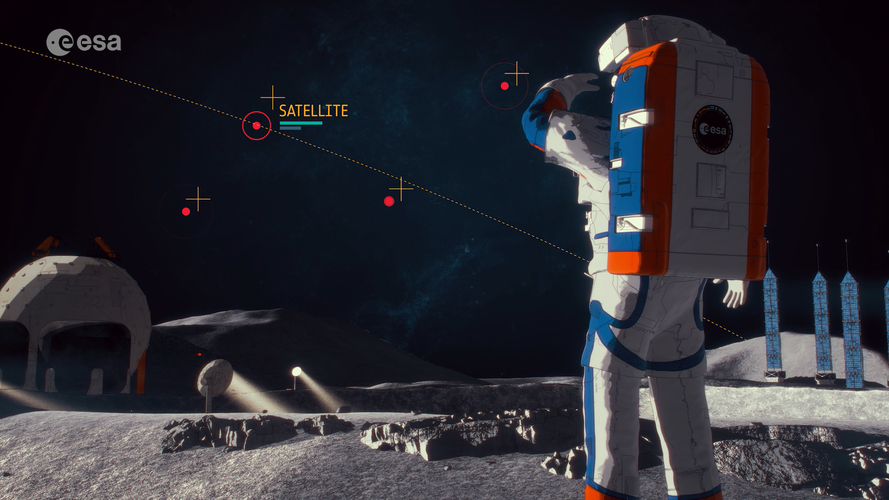
Space companies in Europe that could create telecommunications and navigation services for missions to the Moon will be invited to bid for the work, following the completion of two feasibility studies.
A wreath of star formation
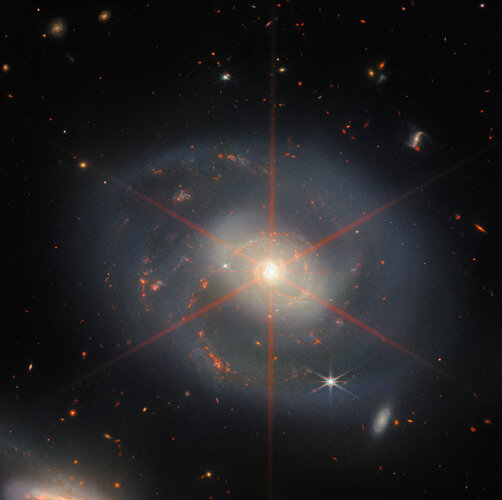 Image:
Image:
Webb's picture of the month December is dominated by NGC 7469, a luminous, face-on spiral galaxy approximately 90 000 light-years in diameter that lies roughly 220 million light-years from Earth in the constellation Pegasus.
This spiral galaxy has recently been studied as part of the Great Observatories All-sky LIRGs Survey (GOALS), which aims to study the physics of star formation, black hole growth, and feedback in four nearby, merging luminous infrared galaxies. Other galaxies studied as part of the survey include previous ESA Webb Pictures of the Month II ZW 096 and IC 1623.
NGC 7469 is home
Snowy Alps
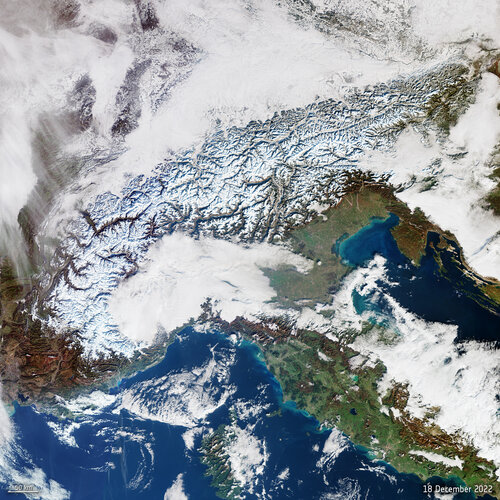 Image:
This Copernicus Sentinel-3 image shows the wide-coverage of snowfall in the Alps, which hopefully bodes well for the coming year.
Image:
This Copernicus Sentinel-3 image shows the wide-coverage of snowfall in the Alps, which hopefully bodes well for the coming year. Year in images 2022
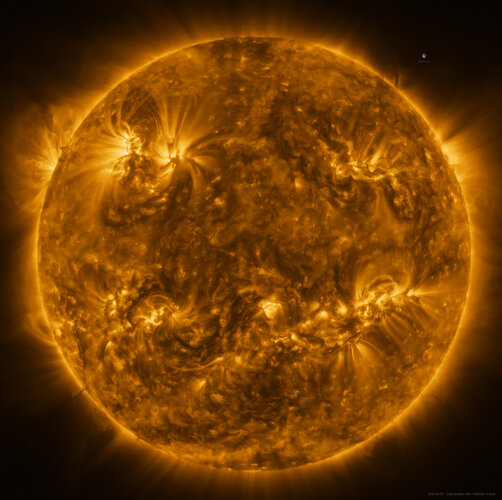
Year in images 2022
Our year through the lens: a selection of our favourite images for 2022
Opportunities for media: ESA’s Jupiter Icy Moons Explorer
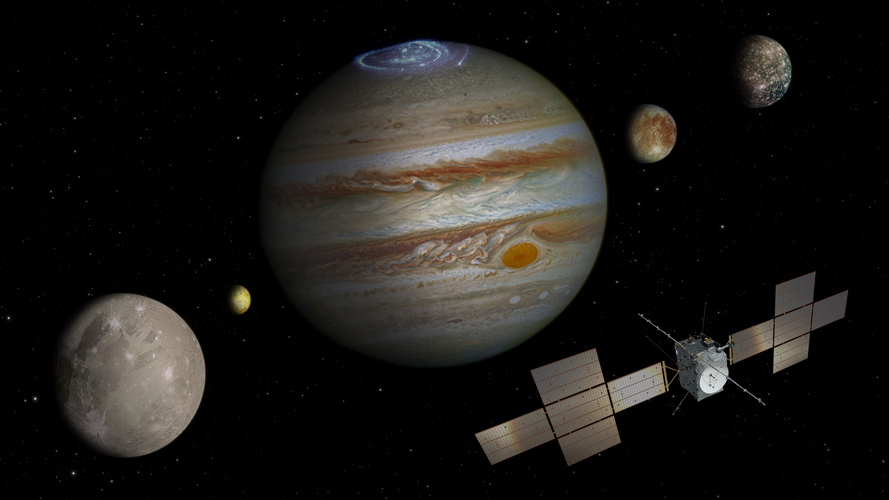
Musk says will step down as Twitter CEO once successor found
 Elon Musk said Tuesday he would resign as chief executive of Twitter once he finds a replacement, in apparent response to a poll he launched that suggested users wanted him to step down.
Musk has fully owned Twitter since October 27 and has repeatedly courted controversy as CEO, sacking half of its staff, readmitting far-right figures to the platform, suspending journalists and trying to cha
Elon Musk said Tuesday he would resign as chief executive of Twitter once he finds a replacement, in apparent response to a poll he launched that suggested users wanted him to step down.
Musk has fully owned Twitter since October 27 and has repeatedly courted controversy as CEO, sacking half of its staff, readmitting far-right figures to the platform, suspending journalists and trying to cha 

